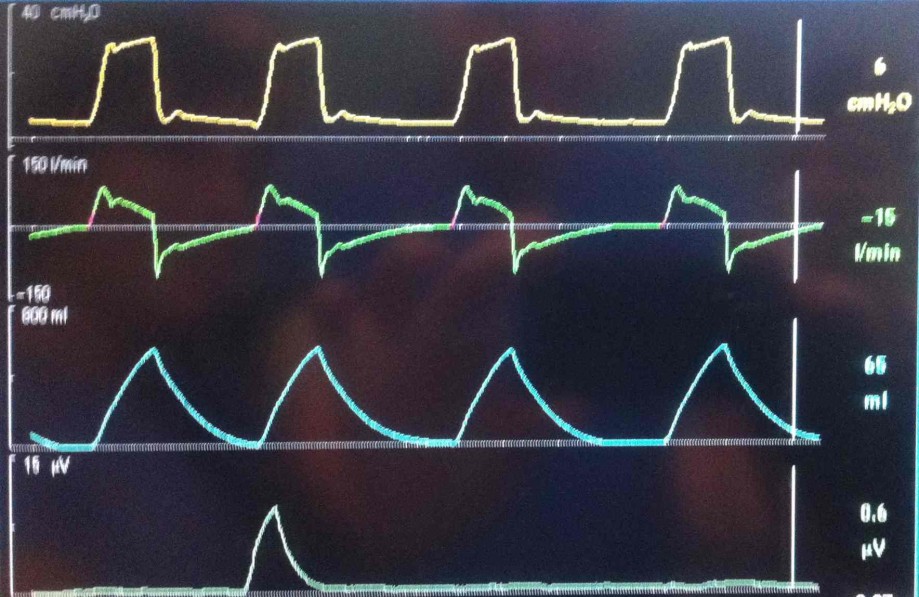
Hemodynamic Assessment in the Emergency Department
AUTHORS
- Robert Bilkovski, MD – Senior Staff Physician Department of Emergency Medicine Henry Ford Hospital Detroit, MI
- H. Bryant Nguyen, MD, MS – Assistant Professor, Department of Emergency Medicine Loma Linda University Loma Linda, CA
- Nathan Shapiro, MD, MPH – Research Director, Department of Emergency Medicine Staff Physician, Department of Emergency Medicine Beth Israel Deaconess Hospital Boston, MA
- Rob Sherwin, M.D. – Assistant Professor Emergency Medicine Wayne State University School of Medicine Detroit, MI
Although invasive hemodynamic monitoring remains the standard for management of critically ill patients, minimally invasive techniques continue to emerge and show promise as potential alternatives to the current standard. Interest in minimally invasive and noninvasive monitoring techniques is fueled in part by the limitations of current monitoring technology, said Robert N.Bilkovski, MD, associate research director in emergency medicine at Henry Ford Hospital in Detroit, Mich. Additionally, noninvasive techniques offer more potential for hemodynamic monitoring in the emergency department and the out of hospital environment. The pulmonary artery catheter (PAC) offers a good example of the mixed emotions evoked by invasive monitoring techniques. “We have a love–hate relationship with the pulmonary artery catheter,” said Dr. Bilkovski “When it is used correctly, it is very helpful, but it can be difficult to use. If you wanted to place one in a patient in the emergency department, would your nurses shoot you or just kick you out of the ER?”
The PAC is used predominantly in the intensive care unit (ICU) and operating room. The device measures pulmonary artery wedge pressure, thermodilution cardiac output, and cardiac output by the Fick method. Growing controversy surrounds use of the PAC, in part because of studies that have raised questions about its utility and, more importantly, its safety. As an example, Dr. Bilkovski cited a case-control study that evaluated the use of right-heart catheterization in 5,735 critically ill adult patients who received care in ICUs at five U.S. teaching hospitals [1]. The principal endpoints of the study were survival, cost of care, intensity of care, and length of stay in the ICU and hospital. By case-matching analysis, right-heart catheterization had worse outcomes, in particular increased mortality at 30, 60, and 180 days. Additionally, use of a PAC was associated with greater hospital charges, and prolonged length of stay in the ICU.



